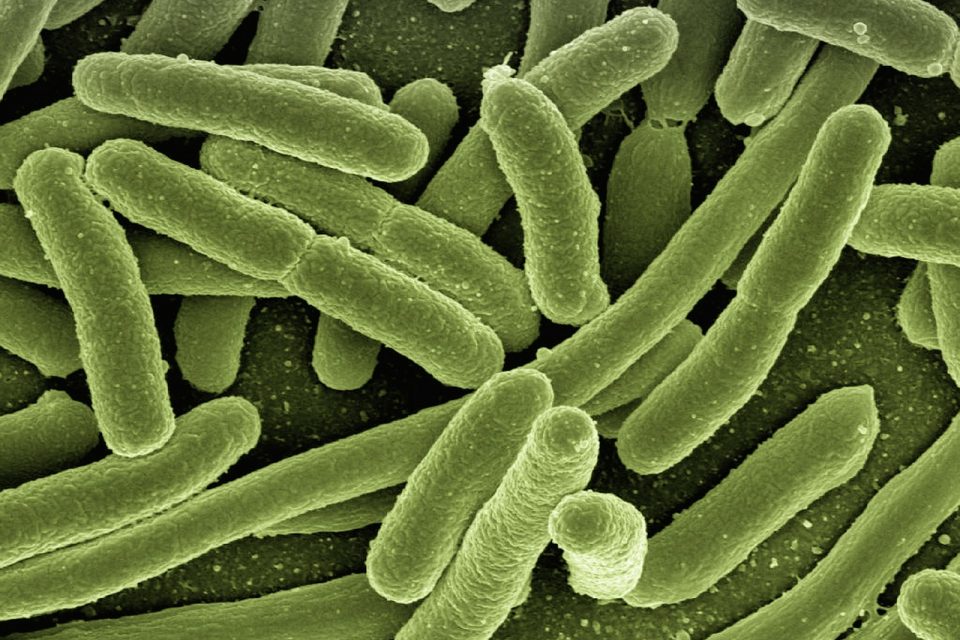
Most Deadly Diseases Caused by Bacteria
Humans and bacteria have coexisted for millions of years. Many of these microbes are necessary to our lives on earth. For example, the bacteria Lactobacillus acidophilus aids in the digestion of food in our gut. Streptococcus thermophilus is a starting culture for yogurt and some cheese. While these bacteria are helpful, others, known as pathogenic, are capable of causing disease. What are some of the most deadly diseases caused by bacteria? First, let’s understand more about microbes.
What are Bacteria?
Bacteria are one of the three domains of life – along with eukarya and archaea. They are characterized by several key features:
- Single-cell: all bacteria are single-celled organisms. This means that each cell must be capable of accomplishing every function that an entire multi-celled organism is capable of.
- Size: bacteria are much smaller than human cells. A typical bacterial cell is the same size as a human mitochondrion. This is about ten times smaller than a typical human cell.
- Organelles: Human cells have a whole host of membrane-bound organelles, including nuclei and lysosomes. Bacterial cells, on the other hand, have no membrane-bound organelles.
How Bacteria Make Us Sick
The first phase of sickness from a bacterial infection isn’t the bacteria itself. Instead, it is our body’s response to the bacteria. Our immune system recognizes that there is an invader and attempts to get rid of the foreign bacteria. Many of the initial symptoms – fever, rash, headache – are simply our innate immune response to infection.
Some of the most deadly diseases are caused by the actual effects of the bacteria. These can manifest themselves in many different ways. For example, some bacteria multiply so quickly that they crowd our tissues and organs. This often disrupts normal functions or stops them entirely. Others release toxins that can damage cells and disrupt immune responses. Consequently, while the effects of pathogenic bacteria vary widely from species to species, the effects are always negative.
Deadly Diseases
Now that we understand what bacteria are and how they cause disease, let’s take a look at some of the most deadly diseases caused by microbes.
Bubonic Plague
The term ‘plague’ is oftentimes used to describe any disease outbreak. While it is commonly used to describe any disease that is especially nasty, this is incorrect. In fact, a plague is a specific disease caused by the bacterium, and it has three variations. The first variation is one that appears in history books: the bubonic plague. This version of plague infects the lymph nodes, causing them to swell. This triggers an immune reaction causing the victim to experience flu-like symptoms.
The bubonic plague pandemic of the 14th century was the most devastating disease outbreak in recorded human history. Y. pestis is estimated to have killed a third of Europe’s population at the time – roughly 25 million people. However, even with modern medicine the bubonic plague still has a mortality rate of 10%. Most of these reported cases originate in Africa.
Anthrax
In popular culture, anthrax manifests itself in the form of a white powder that can cause disease. In reality, anthrax is the disease caused by the bacterium Bacillus anthracis, and it causes a whole host of nasty problems. B. anthracis originates in soil, plants, and water, but it is usually transmitted to humans via infected livestock like cattle or sheep.
Symptoms of anthrax are similar to symptoms of the worst flu. An infected individual may experience nausea, vomiting, sweats, confusion, diarrhea, and blisters or small bumps on the skin. Serious cases of exposure require hospitalization, often requiring aggressive treatment of ventilation and fluid drainage. Left untreated, the bacteria will produce toxins that can be deadly to humans.
Botulism
Botulism is usually caused by the bacterium Clostridium botulinum. It can be the result of improperly stored foods – like home-made canned goods. The symptoms of botulism can appear extremely rapidly – sometimes as soon as six hours post-infection. If those symptoms do manifest, they are not fun.
First, victims will have a hard time controlling their minor muscle movements. For example, they may struggle to open their eyes, swallow, breath, and experience generalized weakness. All of these symptoms are the result of the chief problem with botulism: paralysis. The toxins released by C. botulinum cause paralysis, which, if left untreated, can stop the victim’s breathing eventually causing death.
Disease Cures
Each of these diseases can, in theory, be treated with the proper course of antibiotics. The rise of antibiotic-resistant strains of various bacteria has complicated this option. This increase is directly related to an increase in the prescription of antibiotics. In 2015 alone, Clostridioides difficile killed 15,000 people due to a lack of effective antibiotics. In the future, we will have to develop new and innovative means of treating these deadly diseases.














